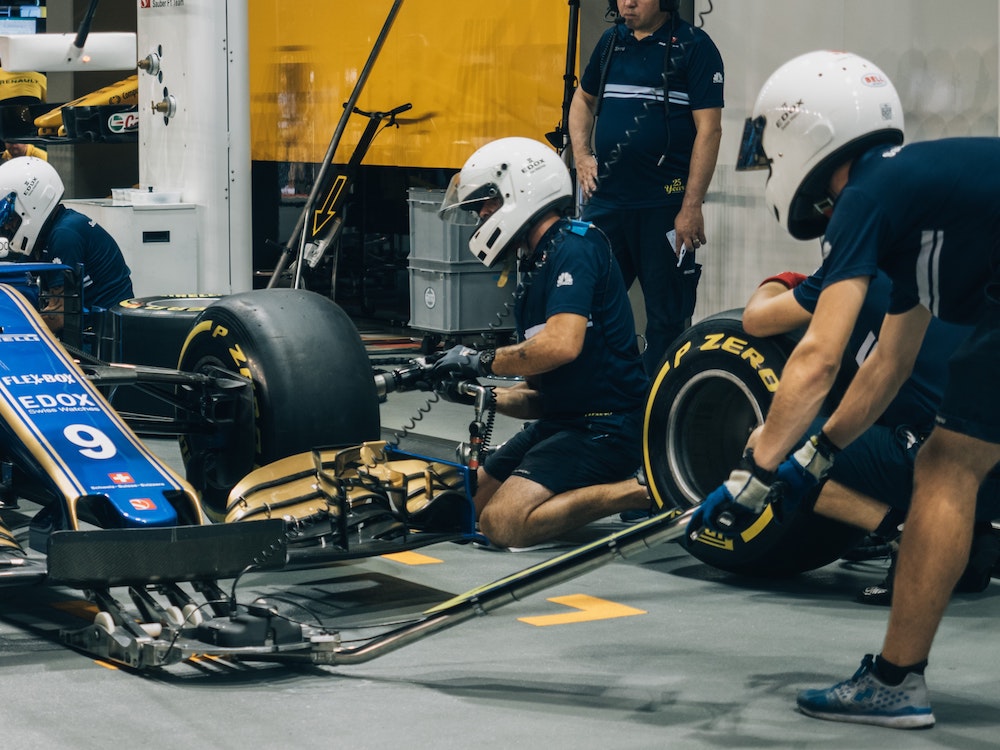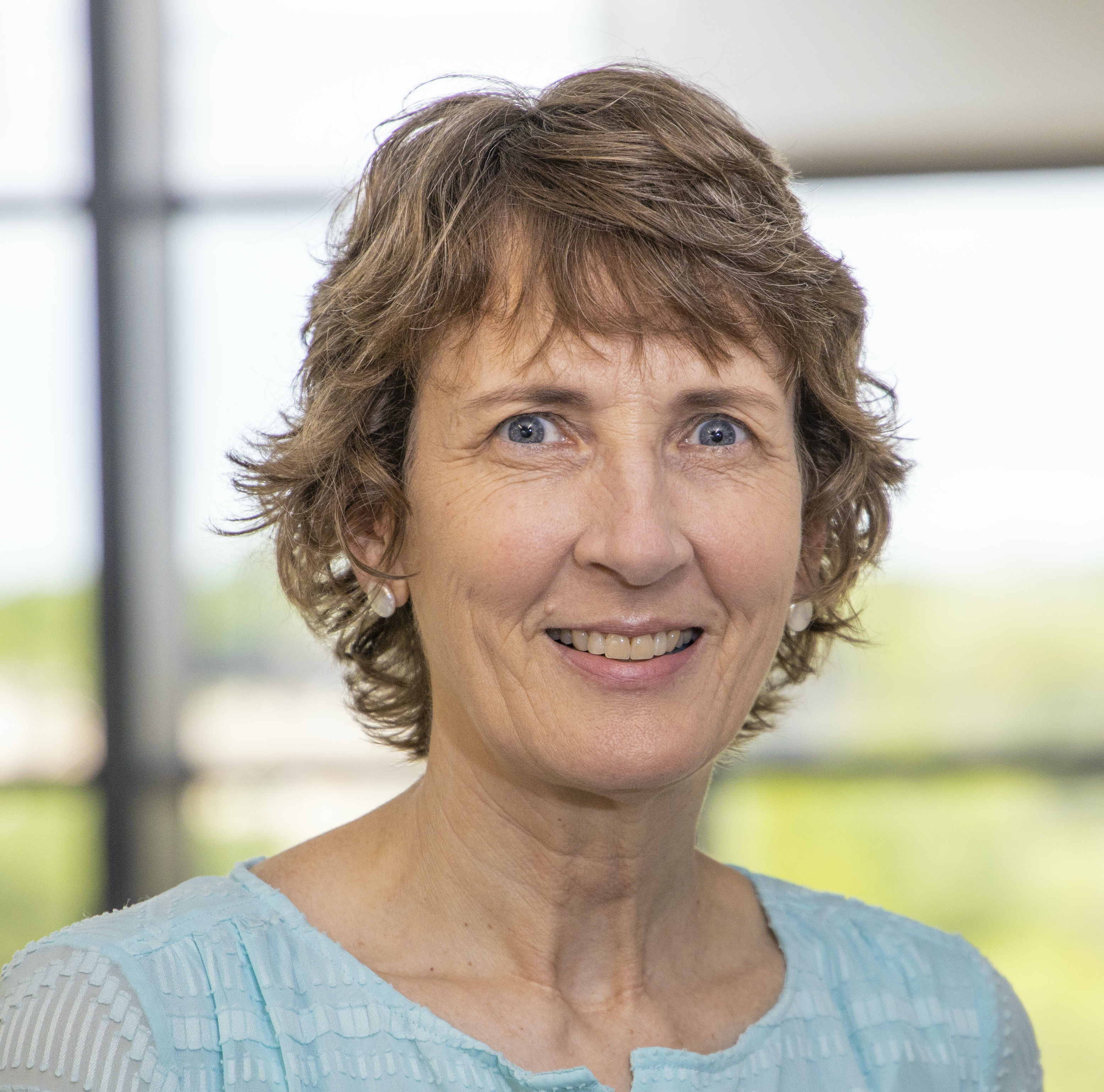Teamwork Lessons from McLaren Racing Team Mechanic at SESAM 2021
Although healthcare is defined by unique characteristics, comparisons have been made between this industry and other business sectors, such as aviation, high-reliability organizations such as nuclear power, and entertainment (Kaissi, 2012). Through a number of similarities, each of these industries has the ability to learn from one another. Thus, the announcement that the Society for Simulation in Europe’s (SESAM) 2021 virtual annual meeting keynote speaker would be a former Formula 1 mechanic was not entirely surprising. The lessons learned from this address were both plentiful and applicable, and the overall presentation was extremely entertaining.
The speaker, Marc Priestley, served as a mechanic and member of the pit team for the hugely successful McLaren Racing team from 2000 to 2009. He captivated the audience with stories from the fast-paced, high-intensity, thunderous, world of FI racing. Throughout his talk, attendees had no trouble drawing comparisons to the healthcare industry and the delivery of high-quality, safe, and effective patient care.
Healthcare simulation’s role in elevating patient care can be likened to that of the meticulous training of pit crews; some expected and unexpected parallels were drawn. Here are five lessons learned from Priestley’s presentation:
Sponsored Content:
Lesson 5: Clear and concise communication is a priority of high-performing teams; members are proficient in giving and receiving information from their teammates. Effective communication among and between team members is vital. Everyone learns to communicate the status of their activity clearly and quickly. Handovers between the driver and the mechanics need to be efficient, yet thorough, with no loss of time or rework between the two parties. The potential risks associated with incomplete or erroneous handover reports can have catastrophic effects for patients.
Lesson 4: High-performing teams do not fear failure; rather, they plan for it and practice responding to potential problems. A great deal of training was necessary for the McLaren team to achieve and sustain the level of success they realized in the early 2000s. In order to accomplish all the necessary tasks in a matter of just a few seconds, pit crews practice the same skills over and over so muscle memory takes over and duties can be performed without thinking. However, things don’t always go as planned. The most successful teams practice for specific, potential failures and this targeted practice gives them confidence.
Lesson 3: High-performing teams are meticulous in attending to the smallest of matters. The McLaren pit crew recognized attention to detail is paramount and no advantage is too small. In order to shave time off processes that were already exacting in their design, procedures were examined even more closely. The team never accepted that they had reached the end – they committed to shaving off the next millisecond, knowing that could mean the difference between first and second place.
Lesson 2: High-performing teams trust one another; everyone knows their role and is appreciated for their contribution. Team members value one another. The emphasis on teamwork was expected, and yet, the magnitude of the benefits reaped through superior team dynamics, was inspiring. Priestley described the movements of pit crew members as a well-choreographed performance with each person keenly focused on his role, while appreciating how his actions impact achievement of the desired team goals.
Sponsored Content:
The most effective teams in the pit lane have complete trust in one another. Each member knows he can rely on his teammates to do their assigned task; he has confidence in their abilities, as well as his own. Building this level of trust is a priority and a lot of emphasis is placed on team-bonding.
Lesson 1: High-performing teams see opportunities where others see threats. Priestley’s tenure at McLaren coincided with a period of significant and disruptive change in F1 racing. The European Union decreed teams could no longer accept money from the tobacco industry for advertising or sponsorship. While most teams were engaged in activities geared toward preventing or mitigating this change, the McLaren team was instructed by their CEO to use this change as a catalyst for innovation. Every member of the team, each department, was told to question every aspect of their work, asking, “how can we do better?”
The status quo was no longer acceptable, even when the current status was being the best! The McLaren pit crew was considered the best and held the record for the fastest pit stop, and they consistently performed at this highest level. They were also expected to look for ways to improve. This mandate for advancement paved the way for McLaren to improve their already ridiculously fast time of 4 seconds; they became the first team to run a sub 2.5 second pit stop. The best got even better!
After reading these lessons, imagine if healthcare teams operated with the same level of efficiency and coordination as Formula One pit crews. Imagine healthcare simulation’s role in achieving this lofty goal. The SESAM 2021 team can pop the cork and spray the champagne; their virtual conference was a win for attendees, the healthcare simulation teams they are a part of, the healthcare professionals they help train, and ultimately, the patients who benefit from better-prepared providers.
Learn More About Future Healthcare Simulation Events
References
Kaissi, A. (2012). “Learning” from other industries. The Health Care Manager, 31(1), 65-74. doi:10.1097/hcm.0b013e318242d399
Jeanne Carey is the Director of Simulation at Baylor University Louise Herrington School of Nursing in Dallas, Texas. She holds advanced certification as a simulation educator and has 10 years of experience in all aspects of simulation, including the development and implementation of new simulation-based learning activities, training of simulation facilitators, and recruitment and management of standardized patients. Carey and the LHSON Simulation Team created the Two-Heads-Are-Better-Than-One (2HeadsR>1) strategy for role assignment in simulation. She is active in several simulation organizations and currently serves as an INACSL Nurse Planner.
Sponsored Content:


















